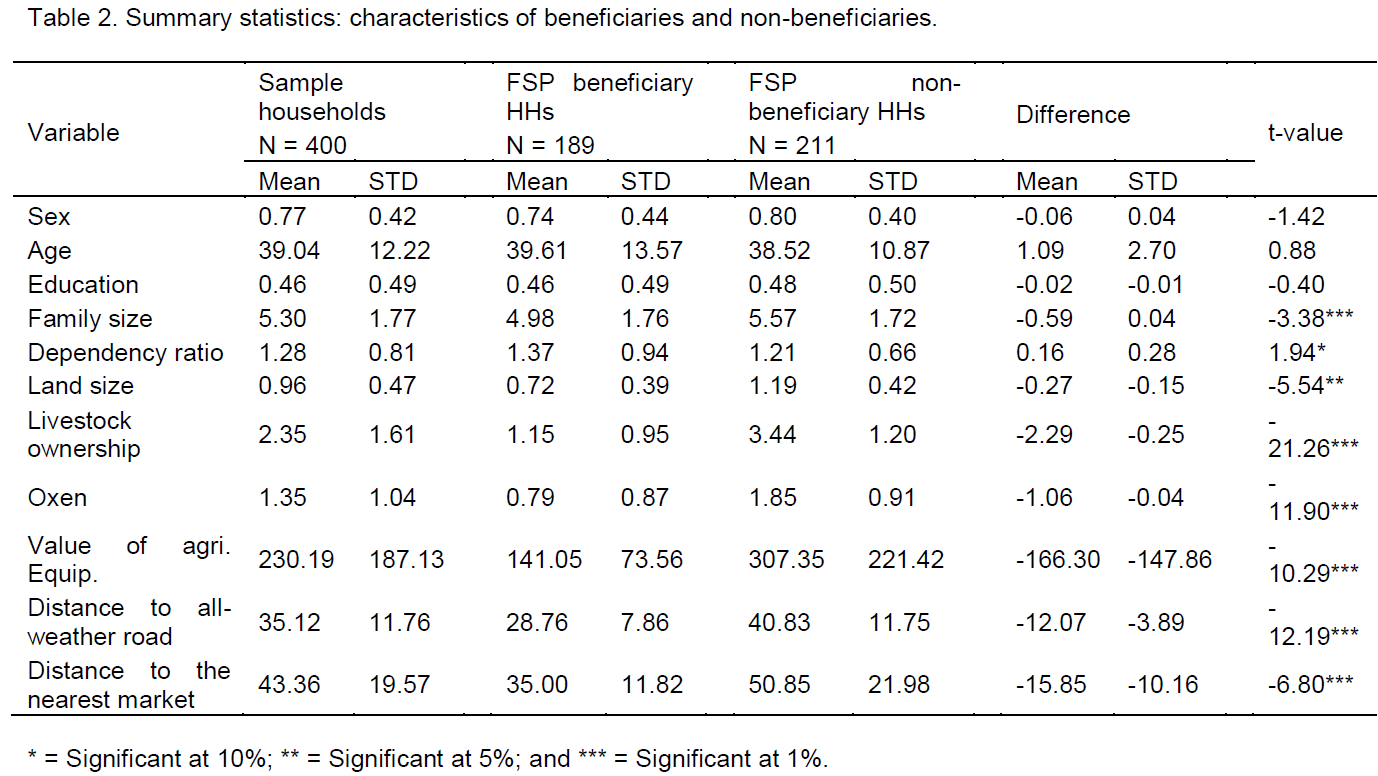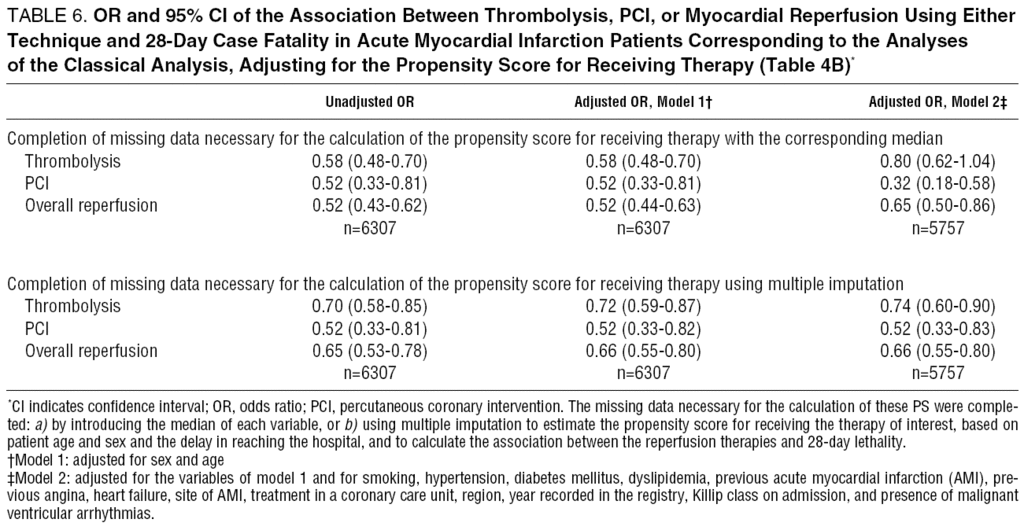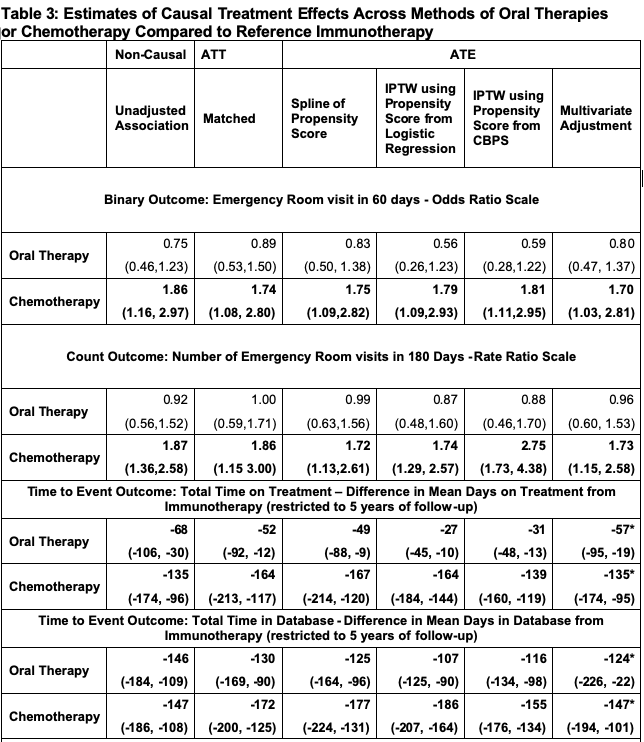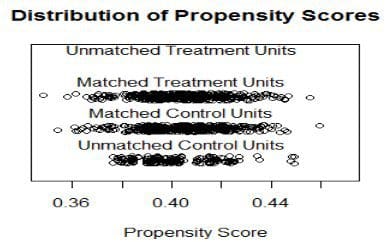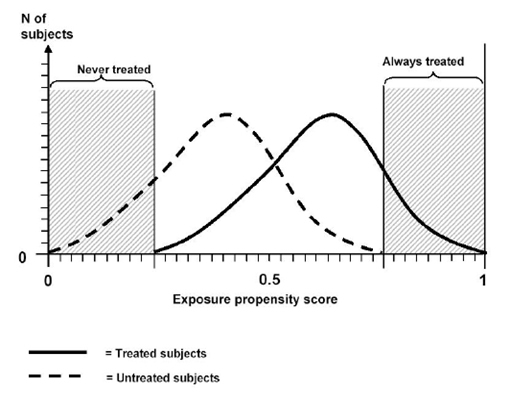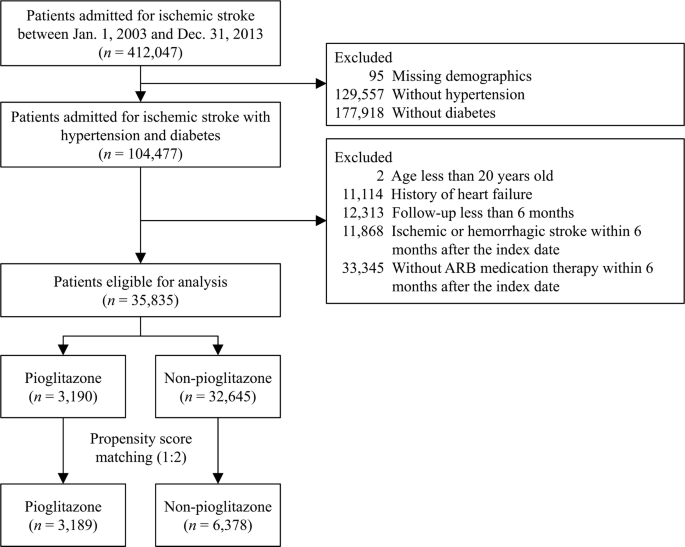Propensity Score Matching Table

The teffects psmatch command has one very important.
Propensity score matching table. Based on descriptives it looks like this data matches columns 1 and 4 in table 3 3 2. A quick example of using psmatch2 to implement propensity score matching in stata. In general the propensity score methods give similar results to the logistic regression model. However stata 13 introduced a new teffects command for estimating treatments effects in a variety of ways including propensity score matching.
Specifically the generalized propensity score cumulative distribution function gps cdf method is introduced. Psm attempts to reduce the bias due to confounding variables that could be found in an estimate of the treatment effect. This is well known finding from previous empirical and simulation studies. Comparable but patients with the same propensity score are comparable.
For many years the standard tool for propensity score matching in stata has been the psmatch2 command written by edwin leuven and barbara sianesi. Note the slight discrepancy in statistical significance for the matching method where the 95 confidence interval for the odds ratio was calculated by the standard approximation and may be too wide. In the statistical analysis of observational data propensity score matching psm is a statistical matching technique that attempts to estimate the effect of a treatment policy or other intervention by accounting for the covariates that predict receiving the treatment. 1 select covariates 2 assess table 1 balance in risk factors before propensity score implementation 3 estimate and implement the propensity score in the study cohort 4 reassess table 1 balance in risk factors after.
A one parameter power function fits the cdf of the gps vector and a resulting scalar balancing score is used for matching and or stratification. Propensity score matching in stata using teffects. We propose the following 5 step checklist to guide the use and evaluation of propensity score methods.














